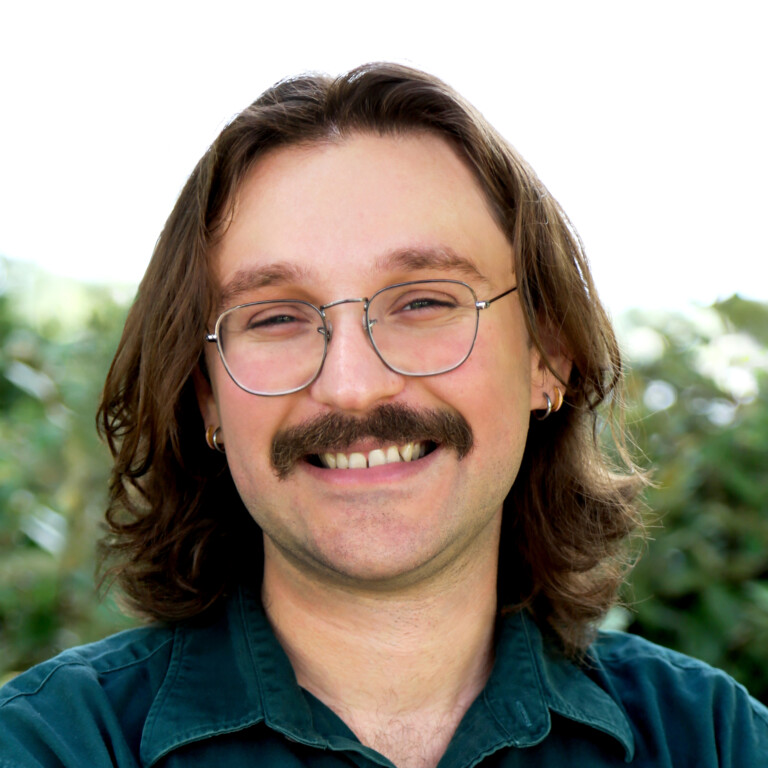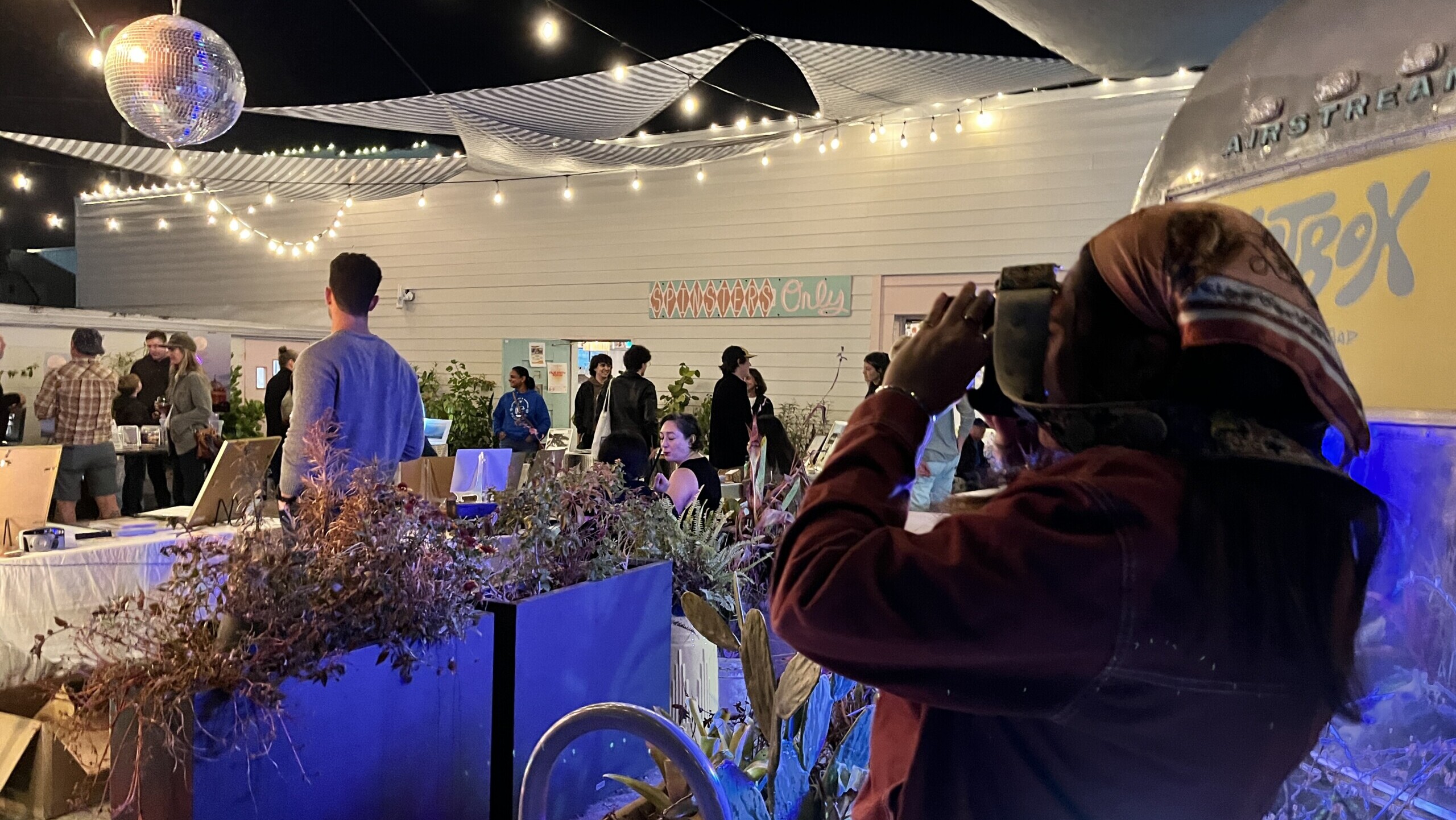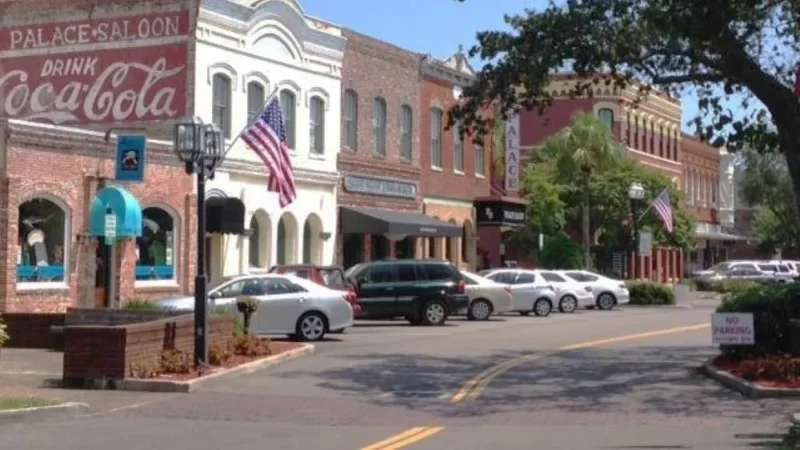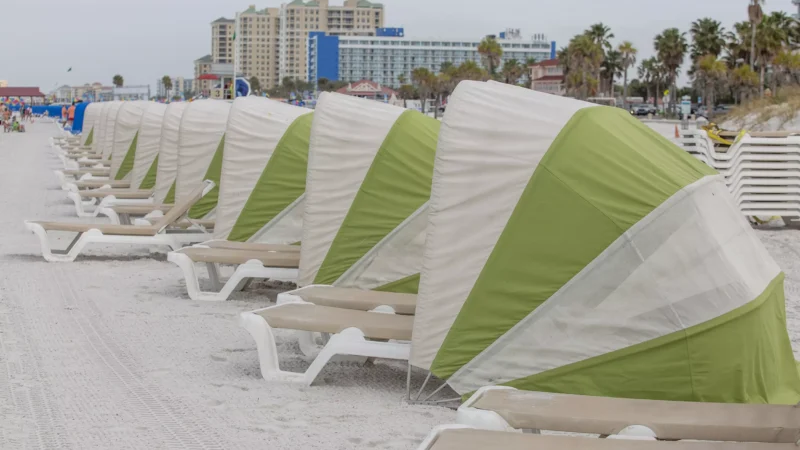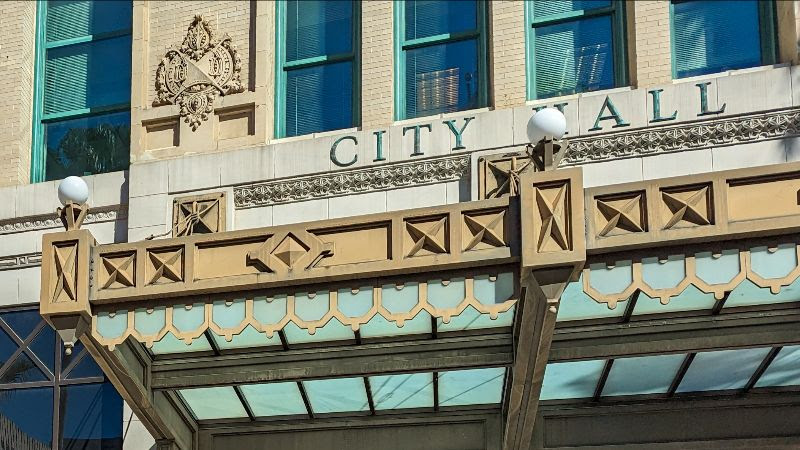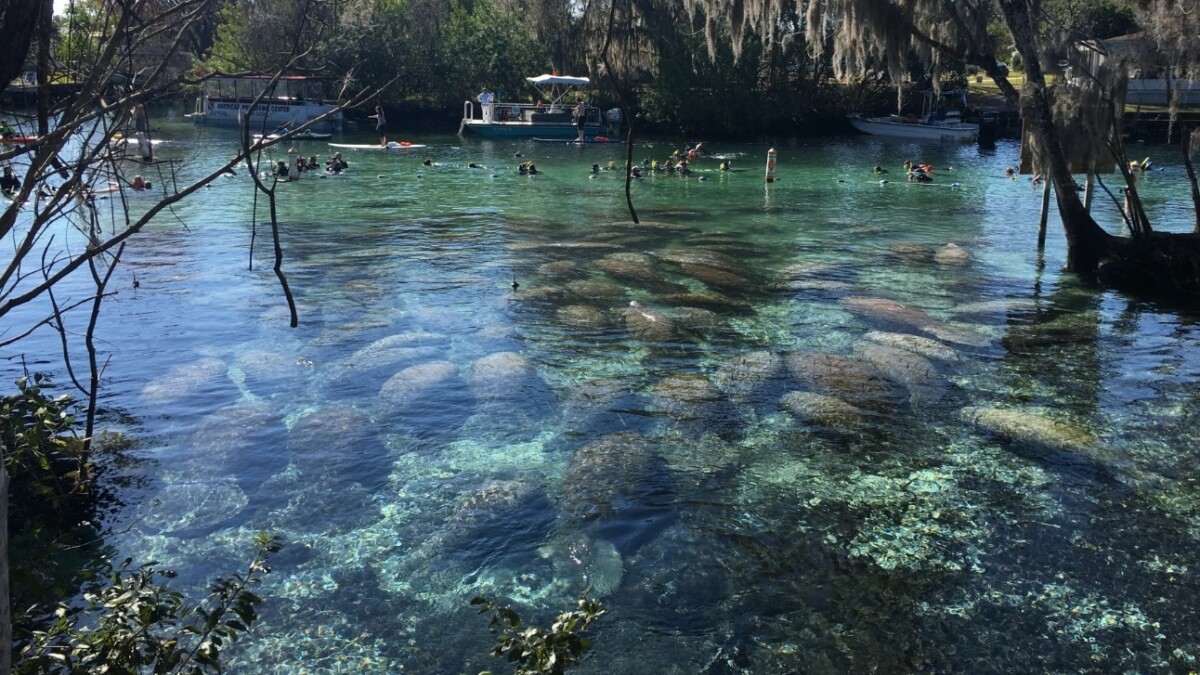One evening in December, the patio at Spinster Abbott’s Cafe and Bodega in St. Augustine was alive with clicking shutters, winding film and the oohs and ahs of patrons admiring the work of local photographers. It was a strong turnout for the inaugural event hosted by the city’s new Analog Club.
In the era when nearly everyone has a professional-level digital camera and photo editor in their pocket, the Analog Club celebrates the process of film photography, a medium seeing a national resurgence — including among photographers who were not yet born when dropping off your film at Eckerd was commonplace.
The club is the brainchild of three millennial St. Augustine photographers: Shannon Fitzpatrick, Justin Evans and Zach Sawyer.
Sawyer says the goal is to create a community and lift each other up.
“We don’t need a bunch of photographers competing with each other in town,” Sawyer says. “Once we’re all getting $10,000 jobs, that’s when we can fight over jobs. But for now we’ve got to help each other get to that point.”
The club grew out of the social media community of local film photography enthusiasts. Their introductory meeting in early December was attended by more than 20 people, and the Dec. 13 “pop up” at Spinster Abbott’s included 15 Northeast Florida film photographers, all of whom made at least one sale on site.
“Every person made some money,” Sawyer said.
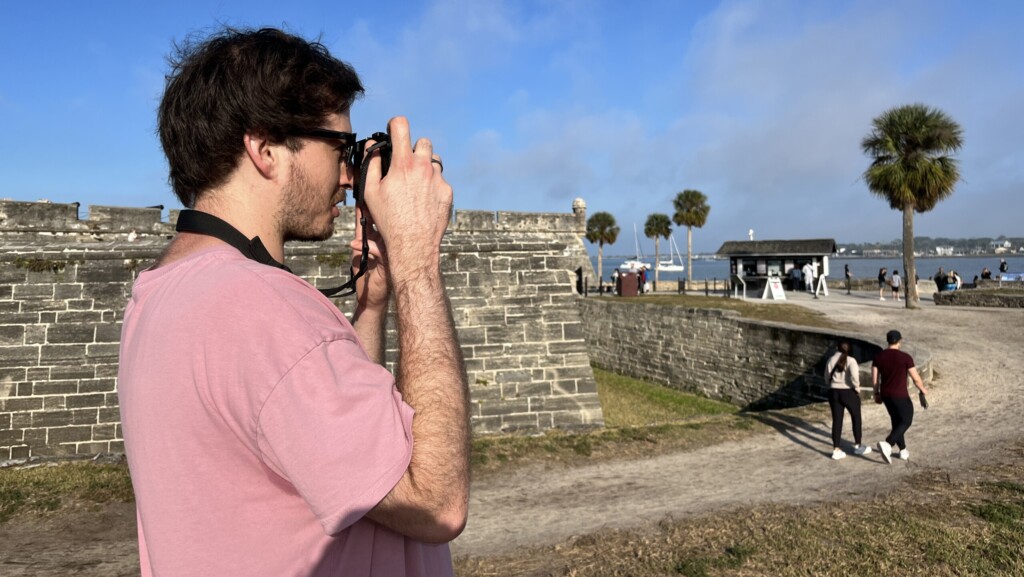
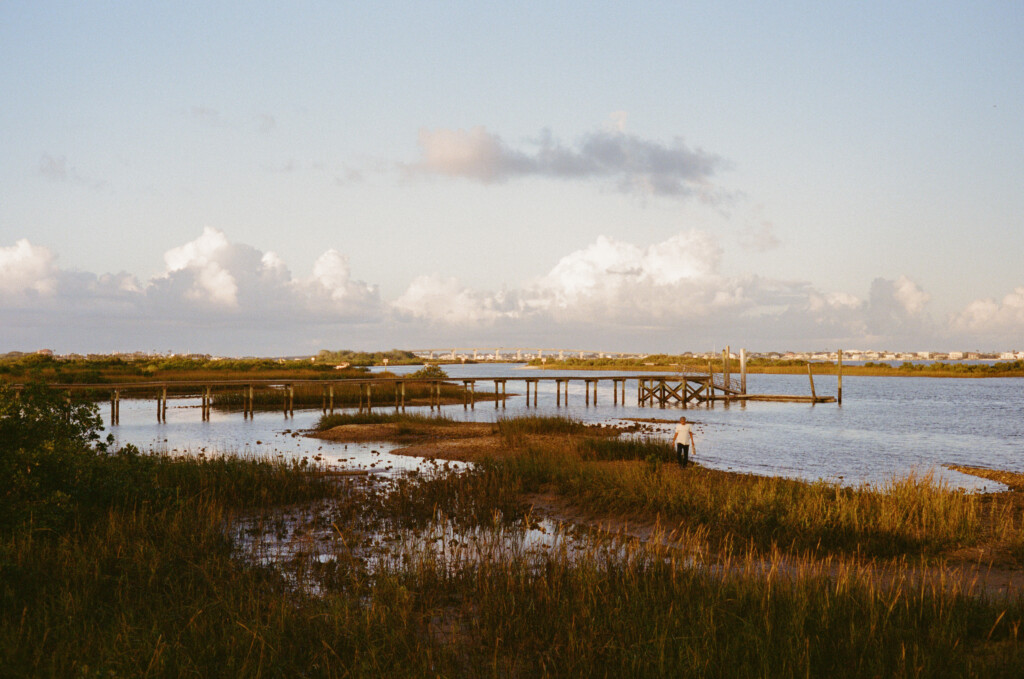
Slow art in a fast world
Jacksonville photographer and film technician Tanner Pletzke sold his black-and-white prints.
Pletzke says he loves taking pictures on his phone, but something about not having to think about the photo-taking process doesn’t feel “right.”
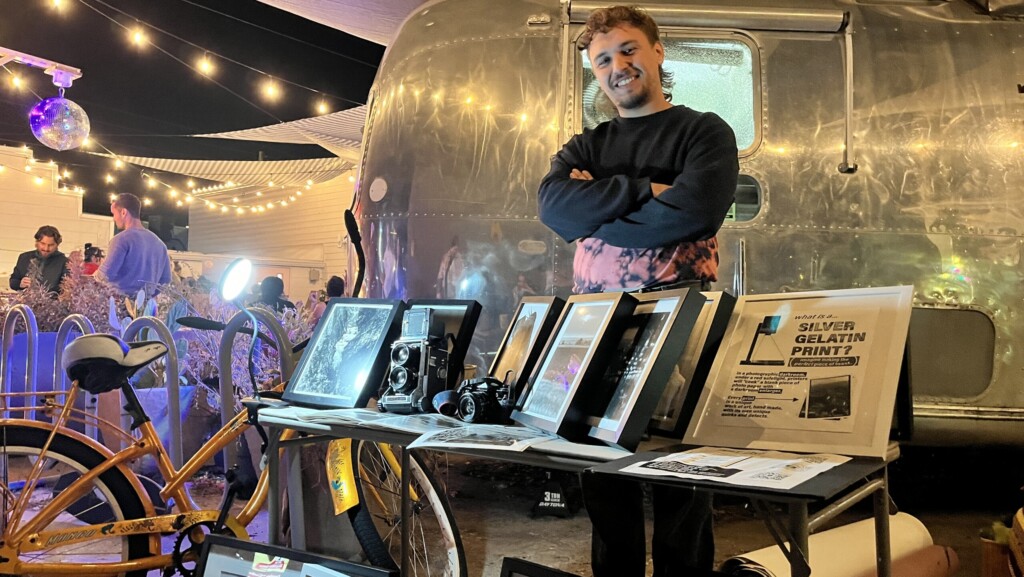
Pletzke prefers the slow and methodical film process. Even having to find a place to store the resulting prints is part of the fun, Pletzke says, especially in the era of cloud storage and proprietary digital platforms that muddy the waters of what you truly own.
“Even though it takes up space, I want to have that photo album with my stuff in it where I can go back into it and rediscover something and be surprised,” Pletzke said.
Keeping in mind how many shots you have left on a roll of film is a much different exercise from sending a dozen shots quick-fire into the seemingly infinite storage of the cloud.
“Let’s say I’m shooting 36 (photos),” Analog Club co-founder Shannon Fitzpatrick says. “I have to be very mindful and thoughtful about those 36 photos I take.”
Fitzpatrick is in her early 30s, so digital cameras have been popular since she was a kid. Nowadays, she takes most of her photos on her film.
“When my grandparents passed away about three years ago, my family found their old film camera, and so they gave it to me because I was the only photographer in the family,” says Fitzpatrick, who first became interested in photography in high school. “In their honor, I was like, ‘I’m gonna learn to use this thing.’”


The learning curve and scarcity can be barriers for the analog curious. Last year, manufacturer Pentax became the first major camera company to start selling a new film camera since the early 2000s. It carries a $500 price tag. Cheaper, vintage film cameras, all over thrift stores and online second hand retailers, often don’t come with user manuals.
That’s one of the motivating factors for the Analog Club: helping photogs learn, practice and grow through events like photo scavenger hunts.
Darkrooms to digital
St. Augustine photographer Lais Guimarães, 22, says film carries a big nostalgia factor. Guimarães looks for subjects and warm colors that remind her of when she was a kid in Brazil and then St. Augustine.
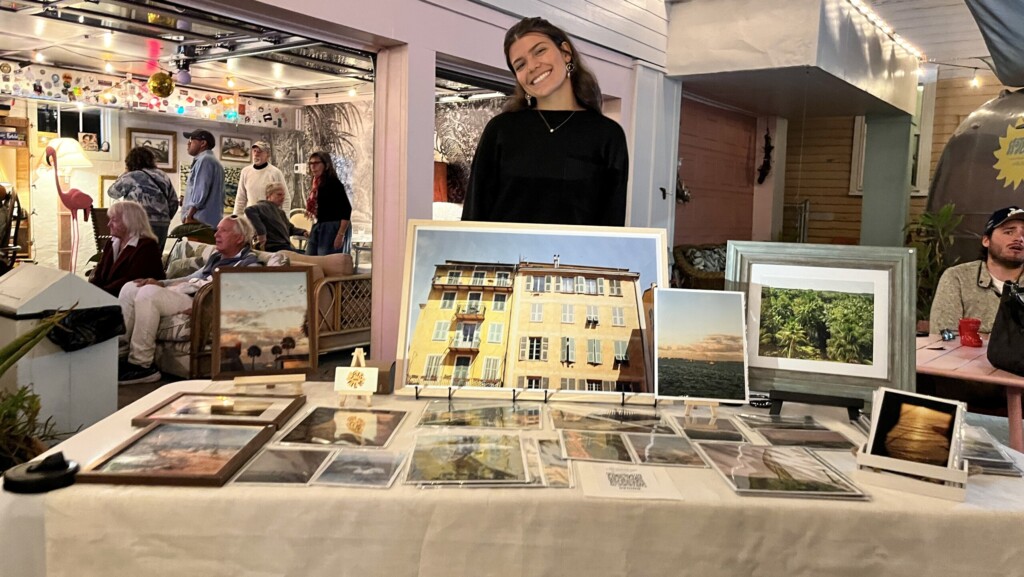
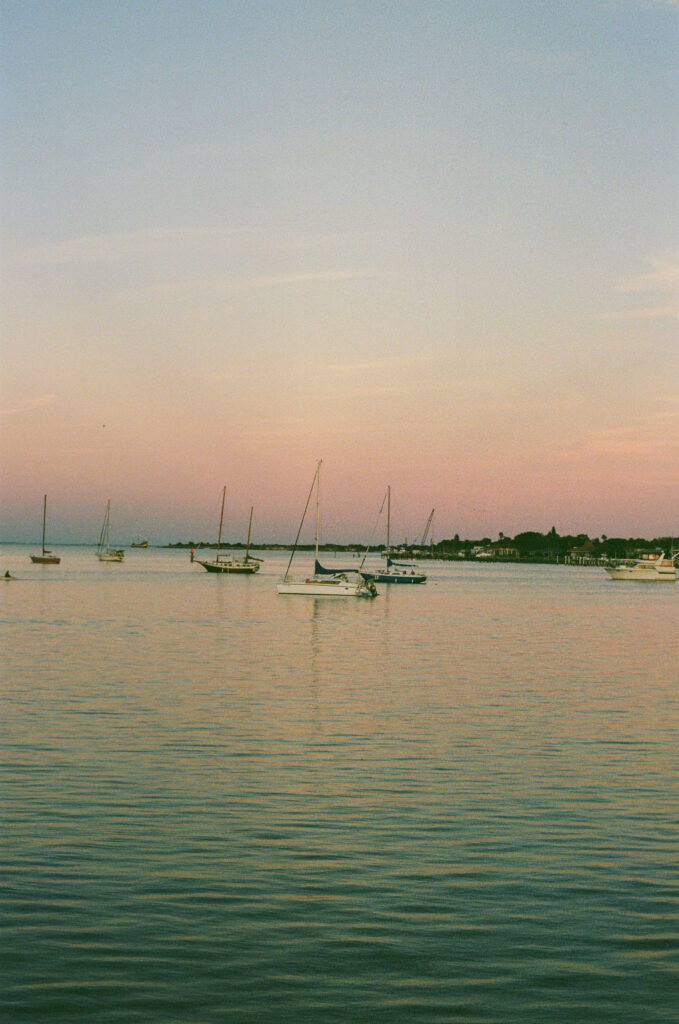
Not every photographer has the same romantic relationship with film, though. Walter Coker got his first camera in the 1970s and has decades of experience shooting on film on St. Augustine’s beaches and throughout the Jacksonville area. Many of the surf photos he shares to his Instagram page are his old film images.
“Back when I was shooting and learning photography, every time we pushed the shutter button, it cost you money,” Coker says.
Coker was working as a staff photographer for Jacksonville alt-weekly Folio Weekly when the first digital cameras came onto the market. He remembers the first time he saw someone print out an 8×10 within 5 minutes of shooting.
“My jaw dropped,” Coker tells Jacksonville Today. “It was amazing, as somebody who spent a lot of years of my life inhaling darkroom chemicals.”
With film, even the simplest assignment meant going through the rigamarole of going to the dark room, developing the film, printing a test picture to ensure the machines were set correctly and finally printing everything he needed.
“It was pretty amazing to live through that whole transition,” he recalls. “It was pretty momentous.”
But that doesn’t mean he thinks film should be obsolete.
“I really love the fact that young people are doing it now,” Coker says. “Really, it’s the best way to learn.”

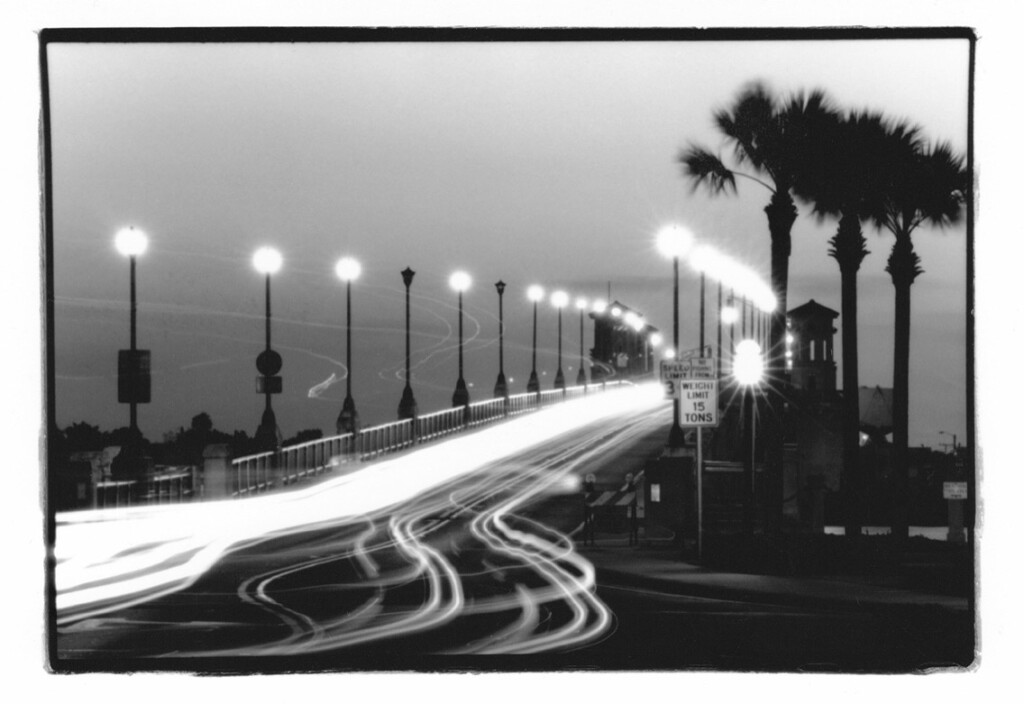
With the Analog Club up and running, Coker hopes to attend an event and to share some of his experience with the younger generation.
“They might be confident shooters already, but it’s like any endeavor,” Coker says. “It’s good to know your history and where things came from.”
For photographers just getting started, Analog Club co-founder Sawyer believes St. Augustine is about the best place you could be.
“The way the people are, the tourists, the buildings, everything — it provides something different,” Sawyer says. “There’s always something happening that’s different than yesterday.”
Want to get involved? The Analog Club posts event notices on their Instagram page: @analogclubsta.
